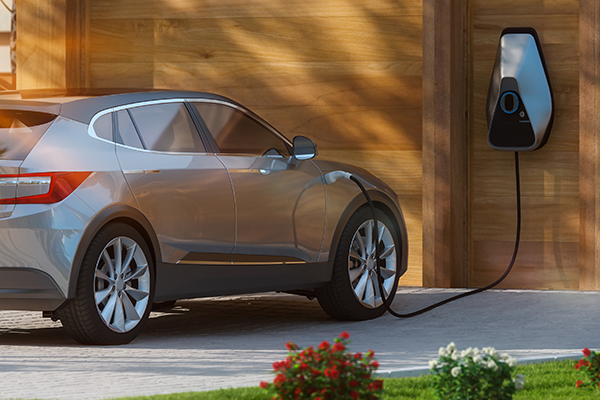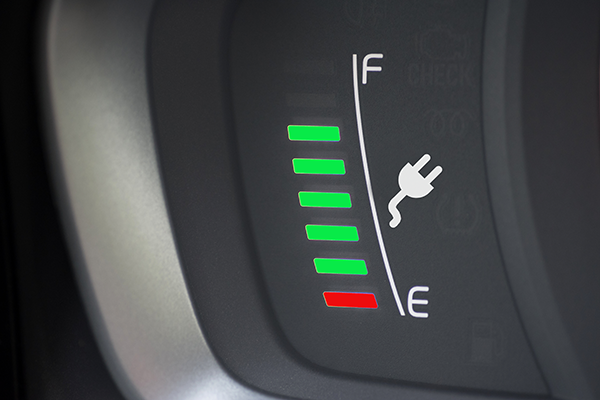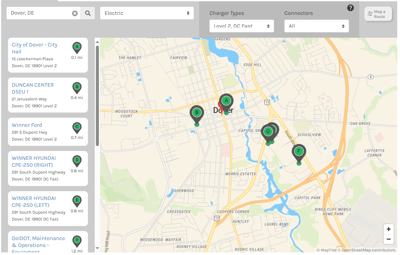Why Drive an ELECTRIC VEHICLE?
Almost 5 million light-duty electric vehicles have been sold in the U.S. since 2011, and the market is growing. 2023 sales were up over 51%, compared to 2022, with 1,439,171 vehicles sold. Continue scrolling to learn why there’s never been a better time to invest in electric vehicles.










